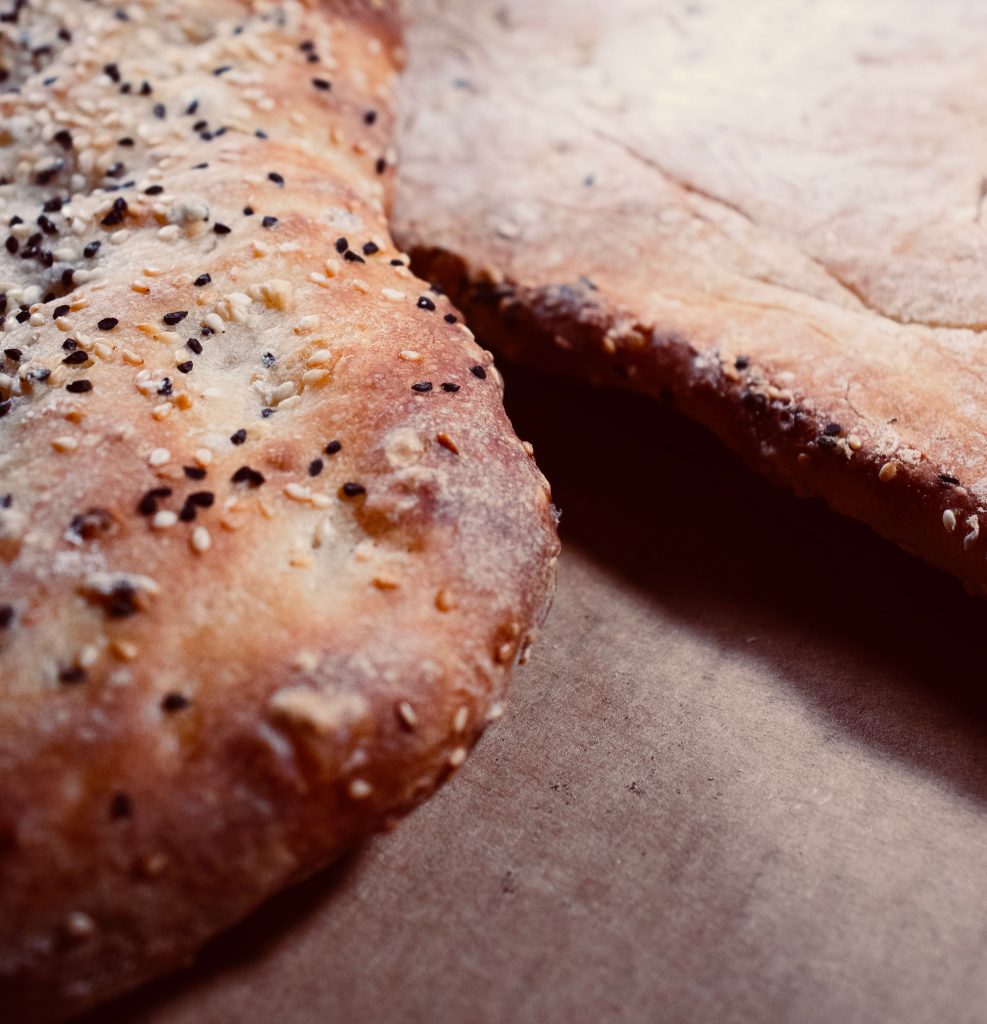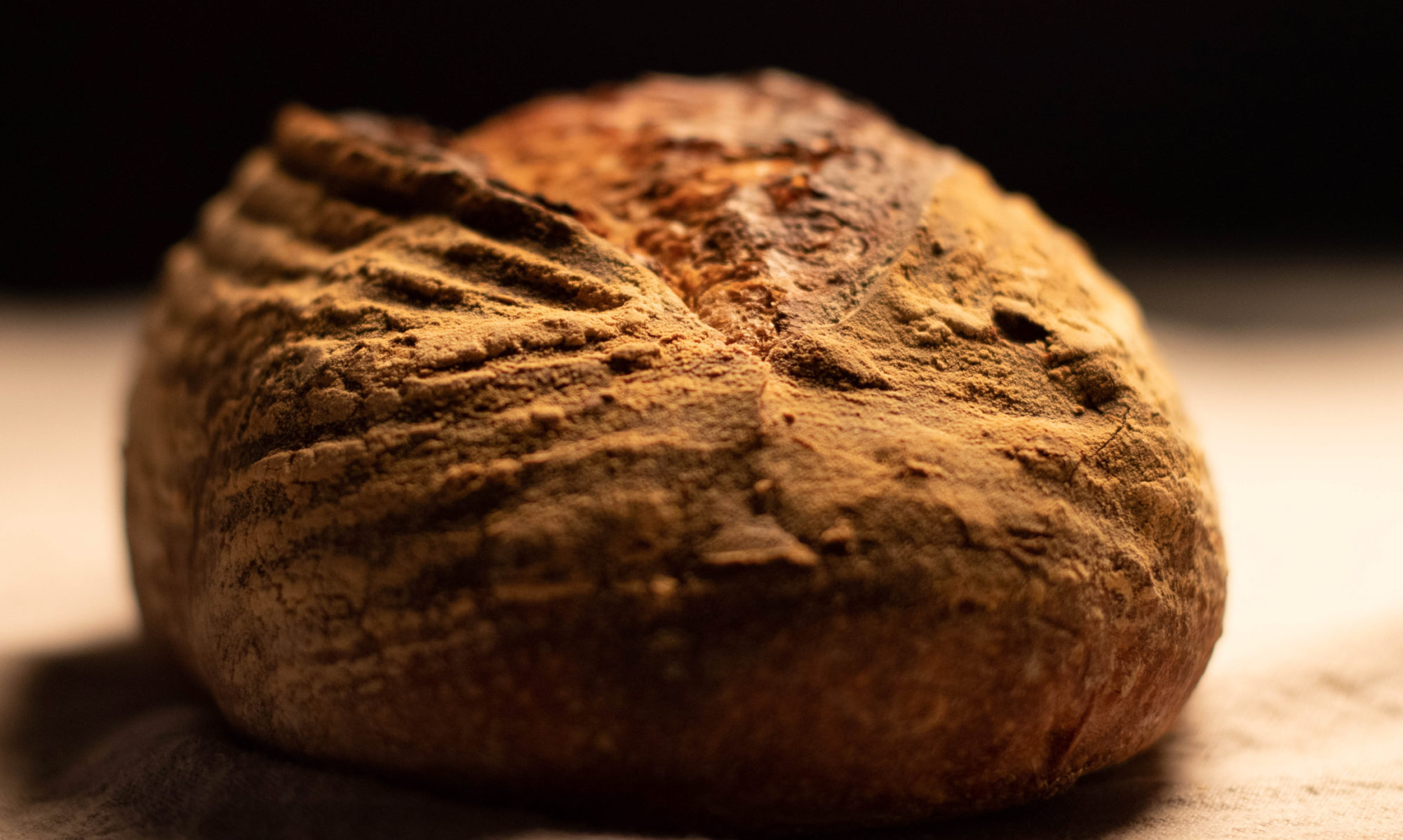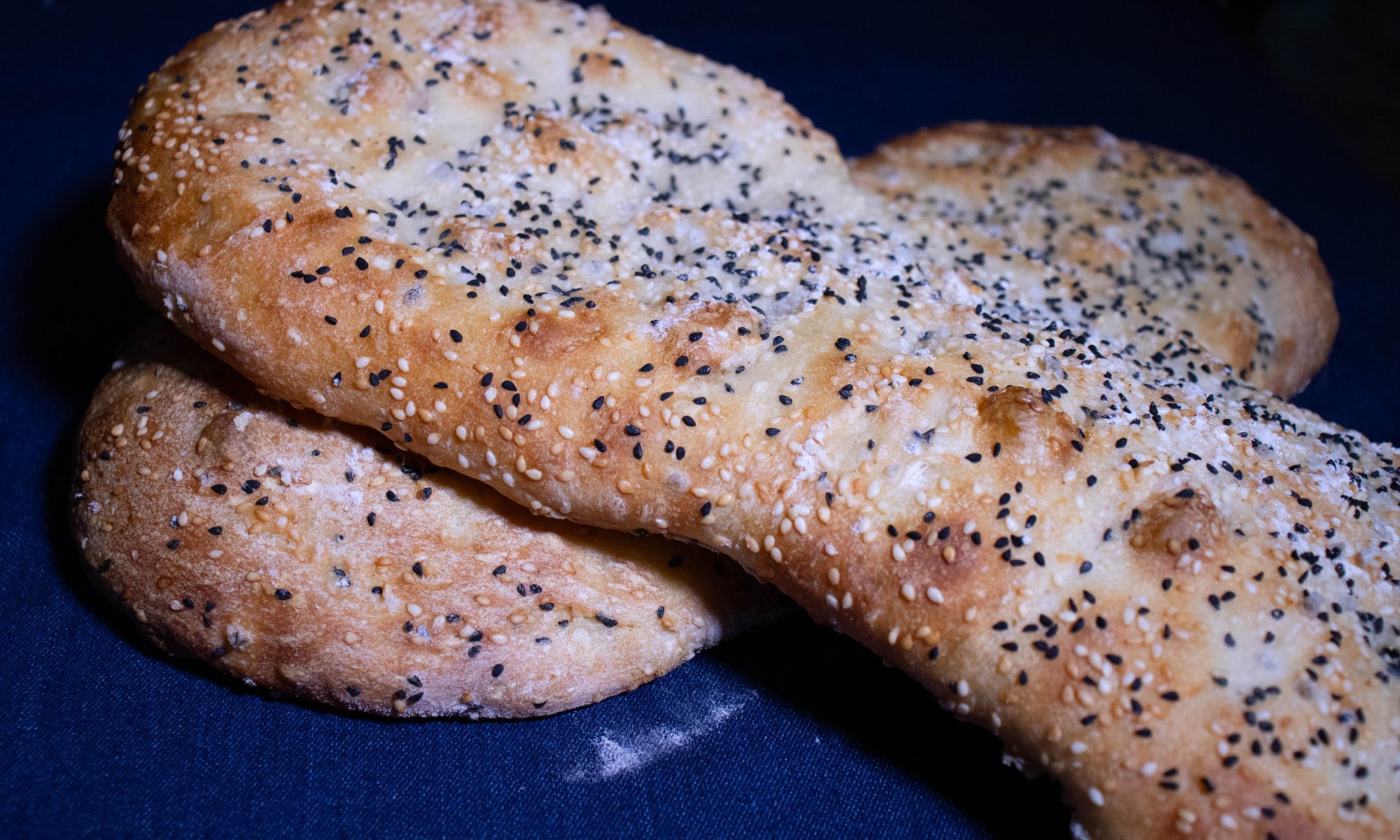It’s 2020 and I’m thinking about how to start something new. It’s a new year, and a new decade (or not, depending on who you ask) and I’m thinking not only about how to start this particular new year/decade, but how to approach starting new things in general. Not only am I, and everyone else who follows the Gregorian calendar, starting a new year, but I’m also starting this blog.
Starting this blog was one of my intentions for 2020. It’s been very exciting thinking about the blog: what will I write about? What voice will I use? Will it be primarily technical, or primarily philosophical? But now that it’s time to start…WTF do I actually DO now?!
As with most things in life, I think bread baking has a lot to teach us how to start something new.
I’ve been baking for a long time, and there are many types of breads that I have baked over the years. Sourdoughs, Rye, Pizza, Pita…more than I can list. But there are even more breads, I’m guessing, that I have not baked. Most of the worlds cultures have had some kind of bread as the heart of their cuisine for hundreds of years, and each of those cultures probably has multiple variants based on their resources and cuisine. There are so many breads that I have not baked that it’s sometimes overwhelming. (I have the same feeling when I think of all of the music I’ll never get to listen to).

One of my favorite things is to learn about a new bread that I’ve never baked, and then, of course, to bake it.
So how do I approach making a new bread formula? Do I just follow some recipe to the letter and get what I get? Or do I use the skills and knowledge I have from decades of bread baking and just create a recipe that I think will be the bread that I’m trying to create?
The answer for me is usually somewhere in the middle. It’s part just set out on the road and see where it takes me, and it’s part deciding where I want to go and making plans on how to get there.
I think it’s super important, when starting a new recipe (or a new year) not to assume you know where you are going, or that you have any idea how to get there. This is a new (to me) recipe, that other people – people who may technically be much less good bakers than I am – can make much better than I can. So the first thing I do is to just set out on the journey, and for me that means trying to learn as much about that particular bread as possible. I read multiple recipes, learn about the cultural context and uses of the particular bread, and try to get an idea of how people have made this in the past. Then I either take a recipe that looks likely to be good and authentic, and I just bake it that way.
And then we see what happened. (’cause if you don’t know where you are starting, how can you figure out how to get where you’re going).
But the truth is that I am an experienced baker, and I do have strong opinions about how a bread “should” be. So, I look at the loaf I’ve just baked, and I compare that with the vision in my head of the qualities I want my version of this bread to have. And then I take all of my knowledge and experience and apply it to the problem. I create a new recipe (or modify the one I have) and bake it. Is it closer to my vision? If it is, am I right in my vision about what will make this bread better?
And then I try again…and again…and again, until it is close to my vision (being a perfectionist, the absolute perfect loaf almost never happens – it can always be a little better). And when it’s right, I add it to my quiver and move on to the next loaf.
And that how I hope to approach the coming year, and the coming decade. One part just putting one foot in front of the other and see where I end up, and one part having a vision and intention about exactly where I want to end up, and making a recipe of how to get there.
I hope you all have a great new year, and that your recipes for life and bread are successful (or at least they fail better and better).

